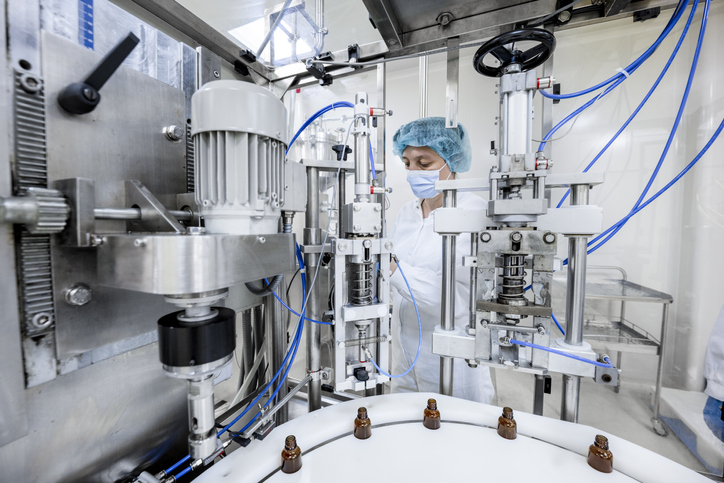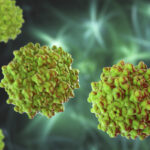A bioprocessing research and training institute in Ireland has successfully tested two new techniques for noninvasive monitoring of cell viability. The National Institute for Bioprocessing Research and Training (NIBRT) tested optical and dielectric techniques for monitoring cell metabolism, with success compared to the industry standard.
According to Michael Butler, PhD, principal investigator in cell technology at NIBRT, the results from the J.M. Canty PHARMAFLOW™ and ABER Instruments’ Cell Capacitance Technology are equivalent to those from traditional techniques.
“A traditional method is to take a sample from a bioreactor, treat it with Trypan blue, and put it in an instrument that can distinguish colored from non-colored cells,” he explains. “But that has lots of disadvantages.”
Trypan blue techniques need hands-on work by technicians, can’t be easily automated, and are invasive because cells need to be removed from the bioreactor and stained, he explains.
In contrast, Canty’s PHARMAFLOW, which NIBRT helped develop, automatically captures digital images of a field of cells.
These images are analyzed by software, he says, which can measure up to 40 different morphological parameters, including the area, perimeter, and circularity of the cells.
“And, with those characteristics, we use an AI-type approach to distinguish viable from viable cells,” he adds.
According to Butler, who will be speaking about the NIBRT’s study at Bioprocessing Summit Europe, the readouts from the PHARMAFLOW are equivalent to using a Trypan blue technique.
The team’s work with Canty won Pharma Project of the Year at the Irish Pharma Industry Awards last year.
For a second technique, the team measured the capacitance in an electrical field generated by a sterile capacitance probe from ABER Instruments.
“What that does, in the first instance, is measure the increase in cells in the field. The higher the capacitance, the more cells in the field,” Butler says.
The capacitance probe can be set at one frequency of an alternating current, or it can go through a frequency sweep from 0.1 to 10 MHz to snapshot a profile of the population of cells, he adds.
According to Butler, the shape of the curve showing how capacitance decreases at higher frequencies can indicate the changing metabolic status of cells as they lose viability—and earlier than with a Trypan blue method.
“The characteristic shape of the curve tells us about the metabolic state of the cells, and that has the advantage of [allowing] for early termination of the [product] run,” he explains.
The team now plans to move onto less well-developed technologies for noninvasive monitoring that are associated with automated bioprocessing, such as Raman scattering, which has been traditionally used for metabolite analysis during a bioprocess, Butler says.



